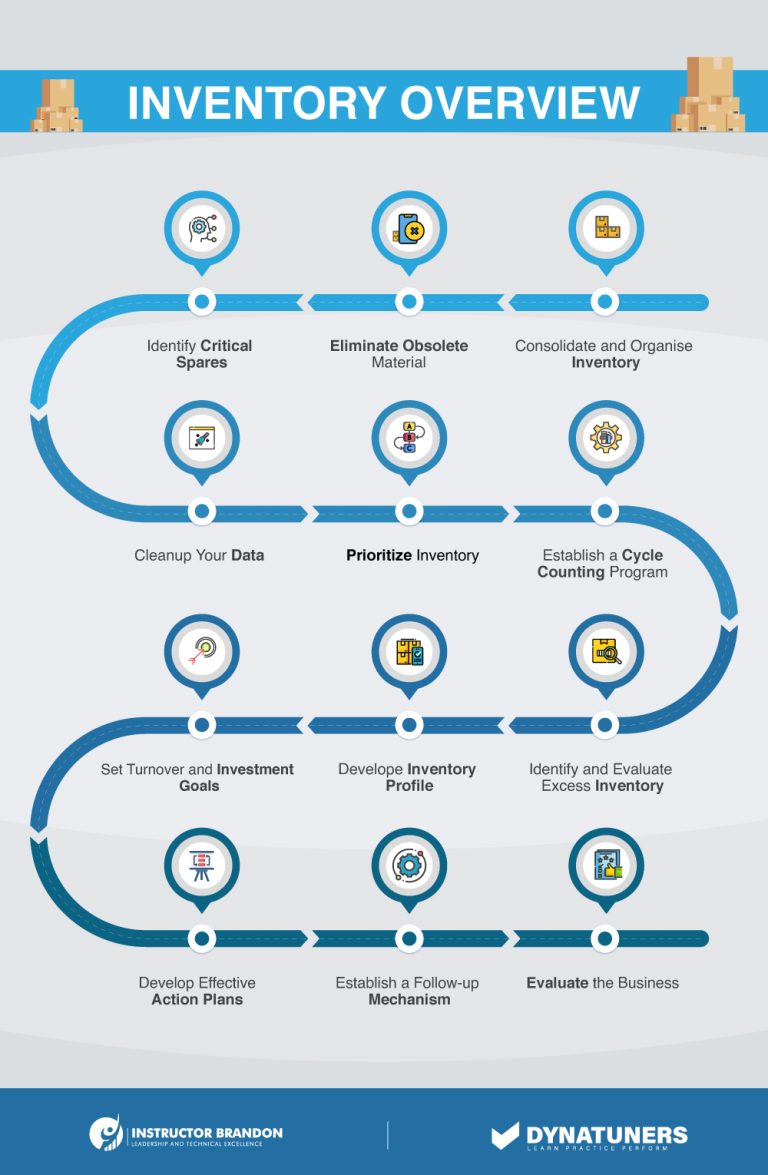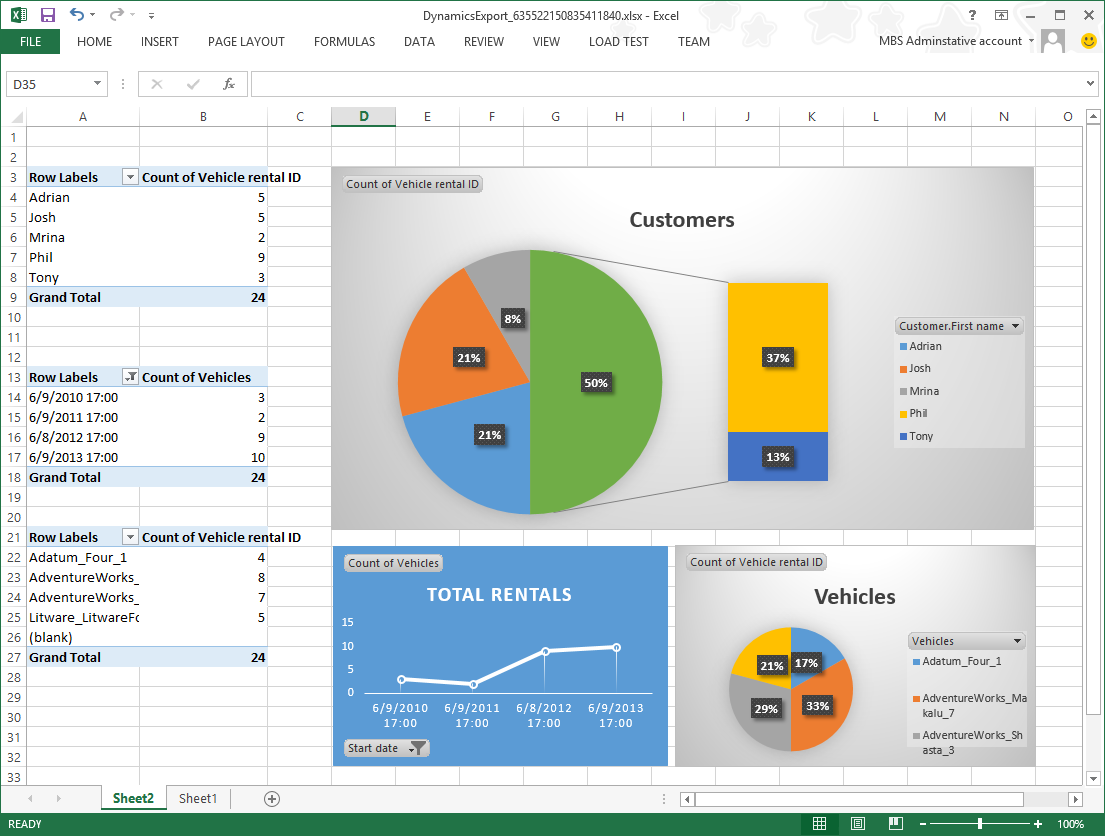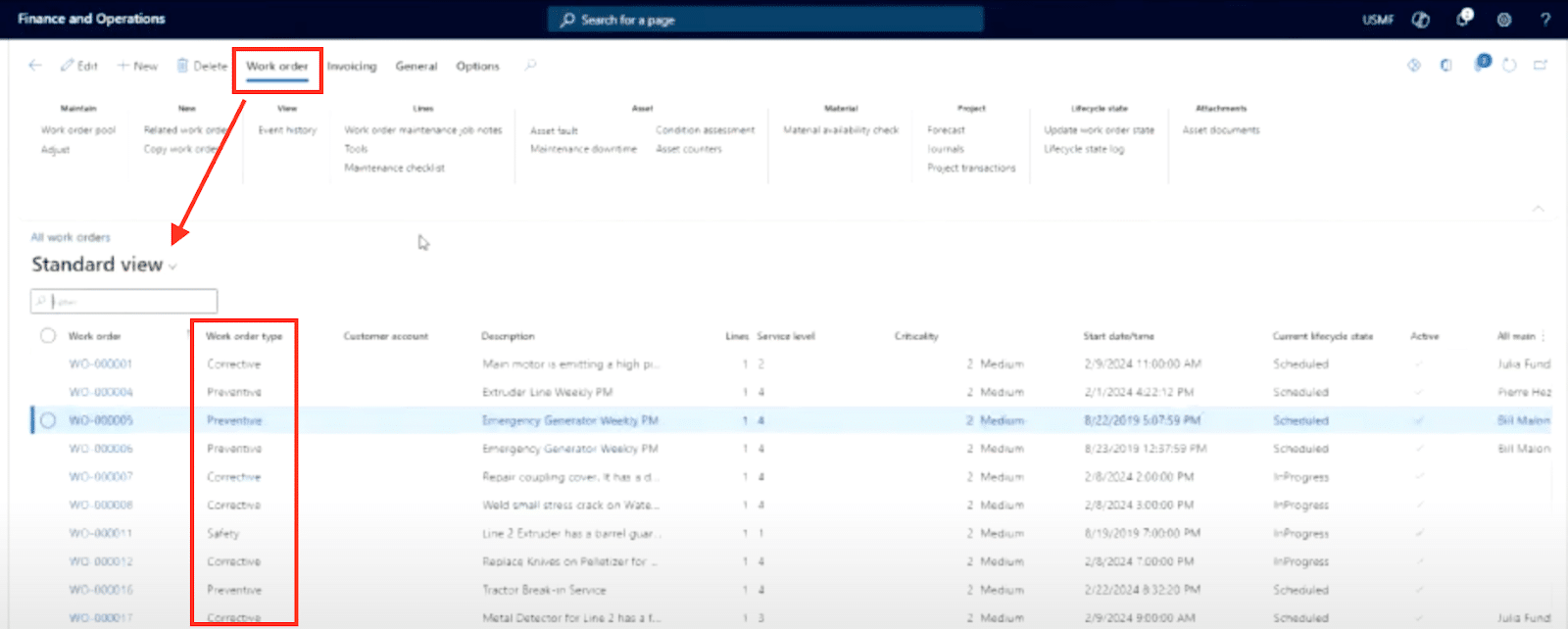Expired Inventory Report D365 Finance And Operations

Businesses relying on Microsoft Dynamics 365 Finance and Operations (D365 F&O) are facing increasing pressure to optimize inventory management as concerns rise over the impact of expired or obsolete goods on profitability and operational efficiency.
A recent report highlights the importance of robust systems like the Expired Inventory Report within D365 F&O to mitigate financial losses and maintain regulatory compliance.
The Significance of Inventory Management
Effective inventory management is crucial for any organization dealing with tangible goods. Expired or obsolete inventory not only ties up valuable warehouse space but also results in write-offs, reduced profit margins, and potential disposal costs.
Moreover, in industries like food and pharmaceuticals, managing expiration dates is paramount for ensuring consumer safety and adhering to stringent regulatory requirements. The Expired Inventory Report in D365 F&O provides a mechanism to proactively address these challenges.
D365 F&O and the Expired Inventory Report
Microsoft Dynamics 365 Finance and Operations is a comprehensive enterprise resource planning (ERP) system used by businesses worldwide to manage various aspects of their operations, including finance, supply chain, and inventory.
The Expired Inventory Report is a standard feature within D365 F&O designed to provide real-time visibility into inventory items approaching or exceeding their expiration dates. This allows businesses to take timely action to minimize losses.
Key Functionalities
The report offers several key functionalities. These allow users to filter inventory based on expiration date ranges, item categories, and warehouse locations.
It also provides detailed information on the quantity of expired items, their cost, and potential revenue loss. Furthermore, the report supports integration with other D365 F&O modules, facilitating automated alerts and workflows for handling expired inventory.
How it Works
The system leverages data captured during the receiving and put-away processes, where expiration dates are typically recorded for perishable goods. The report then periodically scans the inventory data, identifying items nearing expiration based on predefined parameters.
This allows businesses to generate reports, trigger alerts, and initiate disposal or discounting processes. Customization is also possible, tailoring the report to specific business needs.
Impact and Benefits
The Expired Inventory Report provides significant benefits to businesses across various industries. It helps reduce financial losses by minimizing write-offs and disposal costs.
It also improves inventory turnover rates, freeing up warehouse space and capital. Compliance with regulatory requirements is also easier, particularly in industries with strict expiration date regulations.
Improved customer satisfaction is another benefit. By ensuring products are within their expiration dates, the report helps maintain product quality and consumer confidence.
Challenges and Considerations
Despite its benefits, implementing and effectively using the Expired Inventory Report requires careful planning and execution. Accurate data entry is crucial, as the report's accuracy depends on the quality of the expiration dates recorded during receiving.
Proper training of personnel is also essential. Staff must understand how to use the report, interpret the data, and implement the necessary actions.
Integration with other systems, such as warehouse management systems (WMS), is necessary for a seamless workflow.
Real-World Example
Consider a pharmaceutical company using D365 F&O. Before implementing the Expired Inventory Report, the company faced significant losses due to expired medications.
After implementation, the company was able to proactively identify and discount medications approaching expiration, significantly reducing waste and improving profitability. They also avoided potential regulatory penalties related to expired drug sales.
The Future of Inventory Management
As technology evolves, the capabilities of inventory management systems like D365 F&O are expected to expand further. Predictive analytics will play a greater role, allowing businesses to forecast demand and optimize inventory levels.
Integration with IoT devices, such as sensors monitoring storage conditions, will provide real-time data to further enhance inventory control. The focus will be on creating more agile and resilient supply chains that can quickly adapt to changing market conditions.
Conclusion
The Expired Inventory Report within D365 Finance and Operations is a powerful tool for businesses seeking to optimize inventory management and mitigate losses associated with expired or obsolete goods. By providing real-time visibility and facilitating proactive action, this feature contributes to improved profitability, regulatory compliance, and customer satisfaction. Businesses that prioritize effective inventory management practices will be well-positioned to thrive in today's competitive marketplace.
![Expired Inventory Report D365 Finance And Operations [Configure, Generate and Analyse] Working with inventory value report](https://exploredynamics365home.files.wordpress.com/2022/12/4.png)
![Expired Inventory Report D365 Finance And Operations [Configure, Generate and Analyse] Working with inventory value report](https://exploredynamics365home.files.wordpress.com/2022/12/6.png?w=723)
![Expired Inventory Report D365 Finance And Operations [Configure, Generate and Analyse] Working with inventory value report](https://exploredynamics365home.files.wordpress.com/2022/12/9.png?w=768)
![Expired Inventory Report D365 Finance And Operations [Configure, Generate and Analyse] Working with inventory value report](https://exploredynamics365home.files.wordpress.com/2022/12/10.png)
![Expired Inventory Report D365 Finance And Operations [Configure, Generate and Analyse] Working with inventory value report](https://exploredynamics365home.files.wordpress.com/2022/12/5.png?w=723)













